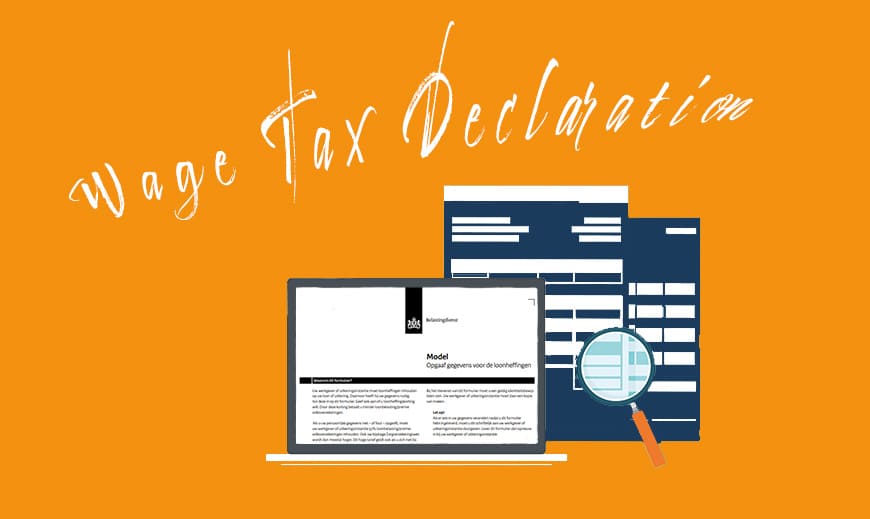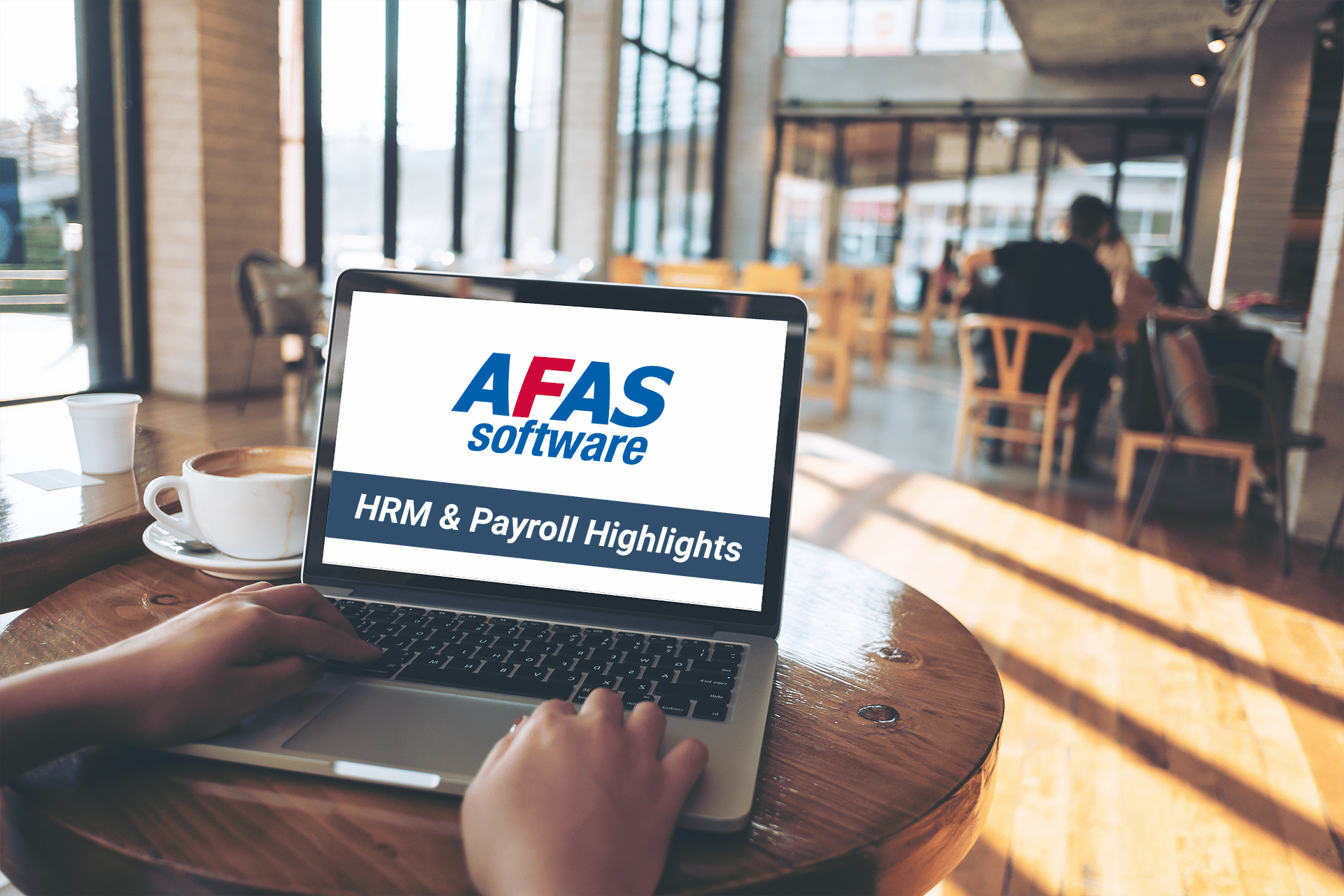Calculating the transition allowance? If an employee is fired, you will probably have to deal with it. In this article, you will read everything you need to know about this compensation.
Since 1 July 2015, employees have been entitled to compensation upon dismissal. This applies to both permanent contracts and temporary employment contracts that are not renewed. This compensation compensates the employee and should make the ‘transition’ to a new job easier. The compensation is meant to protect and compensate employees for any losses resulting from the termination of their employment.
The amount of the compensation
The amount of the transition compensation depends on several factors, such as the duration of employment and the gross salary the employee earns per year. The maximum amount of this compensation is adjusted annually.
How do you calculate the transition compensation?
The transition compensation amounts to 1/3 monthly salary per year of employment and is calculated based on the entire employment period. Did the employment last less than one year? Then the compensation is calculated pro rata.
Duration of employment
To determine the amount of compensation, we must first calculate the duration of employment. There are three possible situations:
- There is a single contract. In this case, the duration of the contract is decisive;
- There are multiple successive contracts with no interval between them. Here, the total duration of the contracts is decisive;
- There are successive contracts with intervals between them. Here, the total duration of the different contracts is decisive, not counting intervals.
Transition compensation 2023: maximum amount
From 1 January 2023, the maximum amount of transition compensation will be €89,000 gross. If the annual salary exceeds €89,000, the compensation will be a maximum of the gross annual salary.
Calculate transition compensation
So with the transition compensation, the employer compensates the employee for the dismissal. But how high is this compensation? Because calculating it can sometimes be challenging, Salure has developed a handy calculation tool.Calculate the compensation directly with Salure’s handy calculation tool.
* Note: enter the original gross monthly salary, even if the employee received 70% of it due to illness.
** No rights can be derived from this calculation tool.
Deducting costs
Subject to conditions, the employer may deduct the so-called transition and employability costs from the transition compensation. These costs must have been specified in advance to the employee in writing and the employee must have agreed to them in writing.
- Transition costs are costs incurred by the employer to prevent unemployment after the contract ends.
- Employability costs are costs incurred during the employment to improve the employee’s employability. This may involve employability within or outside the organisation.
Background
5 things you didn't know
1. You can negotiate the compensation
What many people do not know is that you can negotiate the amount of the transition compensation, e.g. if the employer has financial problems. But beware: the employee is not required to cooperate in this.
In the case of a dismissal by mutual consent, the employer does not have to pay any transition compensation. However, a termination compensation is often paid, with the calculation usually based on the transition compensation. The amount of this compensation is negotiable between the employer and the employee.
2. Sometimes no transition compensation is required
There are also cases where, as an employer, you do not have to pay a transition compensation upon dismissal or termination of employment. A few examples:

• when employment is terminated due to ‘seriously culpable acts or omissions’ by the employee. Examples include theft, fraud, embezzlement or failure to comply with monitoring regulations in the event of illness;
• When the employer has been declared bankrupt, is in suspension of payments or is under debt restructuring for natural persons;
• In a CLA, only in case of dismissal for business economic reasons, compensation can be deviated from. In a social plan, for example, alternative provisions may have been established instead of the transition compensation. The alternative provision must contribute to limiting the employee’s unemployment.
3. Transition compensation for temporary contract is not mandatory on employee initiative
Whether you have to pay the compensation also depends on who chooses not to extend the temporary contract.
Do you take the initiative as the employer? Then you owe the compensation. Does the employee take the initiative? Then you do not have to pay compensation.
Is the contract not extended by mutual agreement, but is the employee the first to indicate this? Then, in principle, no compensation is owed, because the initiative not to extend lies with the employee.
Of course, it can be difficult to prove who took the initiative. It is therefore wise to have the departing employee confirm this in writing.
4. You should not wait for the employee to claim the compensation
As an employer, you cannot wait to pay out in the hope that the deadline for the employee to claim the compensation will expire. By law, you owe this compensation. Being a good employer implies that you pay it.
5. You can claim compensation for the compensation
In case of dismissal due to long-term illness, you can apply with the UWV for a a compensation for the paid transition. One condition for this is that the employment contract was terminated due to long-term incapacity for work. Another condition is that the employee left employment while ill.
Transition compensation in AFAS
Our experts are happy to help with the necessary set-up surrounding the compensation in AFAS. Do you have questions about this or would you like additional advice? Salure is happy to help. Call 0182 – 543 643 or send an e-mail to info@salure.nl.















